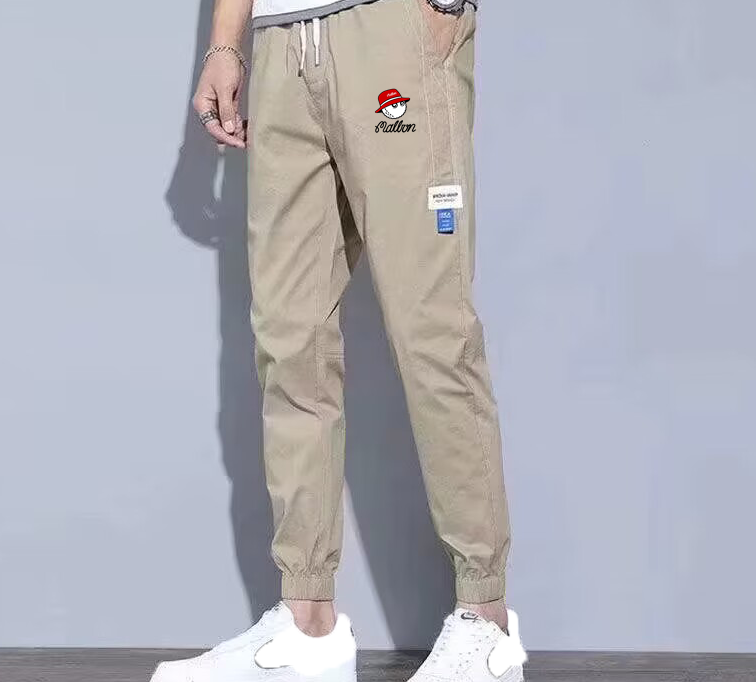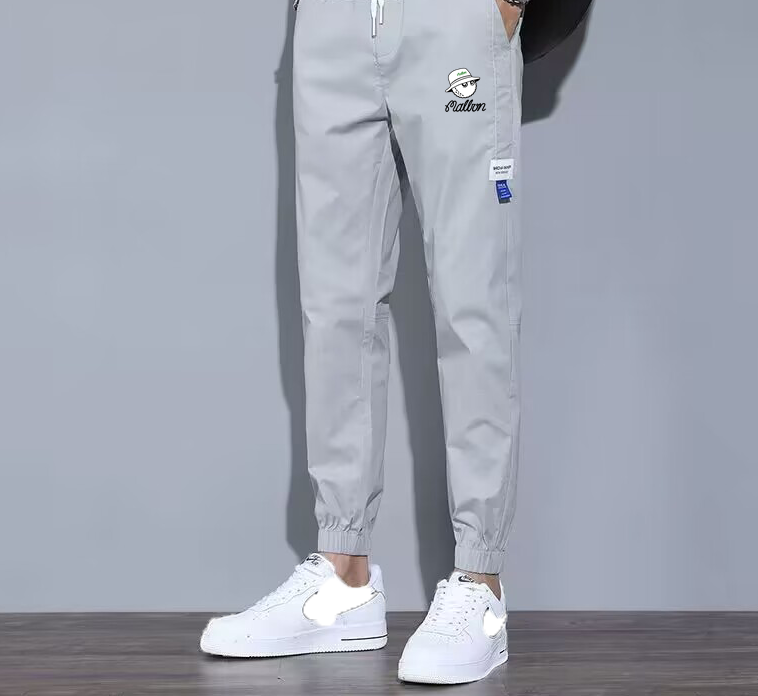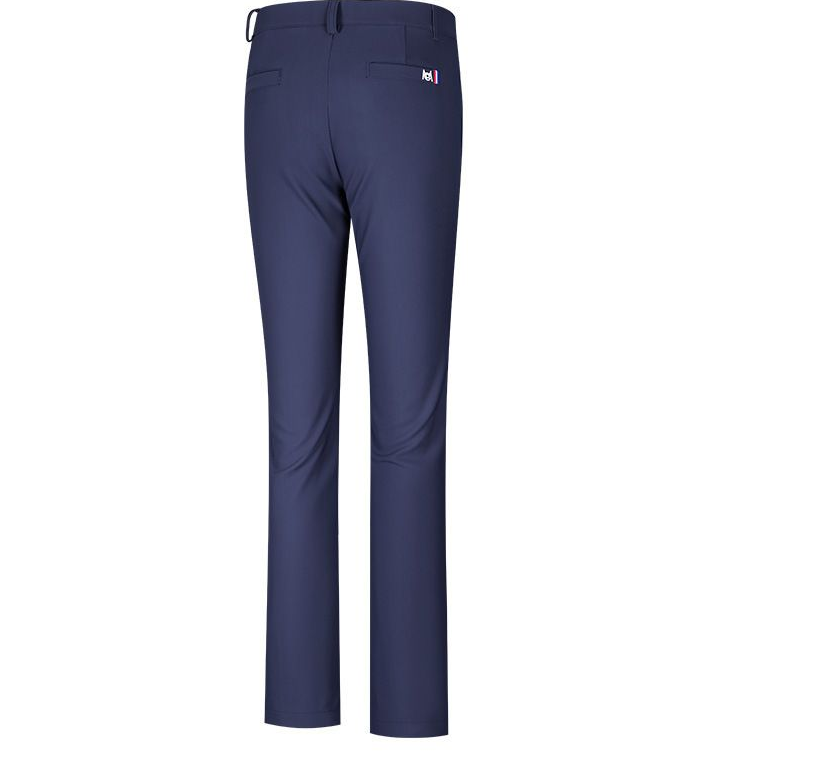a. Law enforcement perspective: Night vision scopes in police and security operations
In the realm of law enforcement and security operations, night vision scopes have proven to be invaluable tools for enhancing the effectiveness and safety of officers during nighttime activities.
1. Surveillance and Reconnaissance: Night vision scopes enable law enforcement officers to conduct covert surveillance and reconnaissance in low-light conditions. By amplifying ambient light or detecting infrared radiation, these scopes provide enhanced visibility, allowing officers to monitor criminal activities discreetly.
2. Tactical Operations: Specialized law enforcement units, such as SWAT teams, heavily rely on night vision scopes during nighttime raids, hostage rescue missions, and other high-risk operations. The scopes allow officers to navigate and engage targets in the dark, providing them with a critical tactical advantage.
3. Search and Manhunt Operations: In search and rescue or manhunt scenarios, night vision scopes facilitate searches in areas with minimal ambient light. Officers can effectively scan large areas during the night, aiding in locating missing persons or suspects.
4. Border and Maritime Patrol: Night vision scopes play a crucial role in securing borders and monitoring maritime boundaries. Law enforcement agencies can use these scopes to detect and intercept illegal crossings or maritime intrusions during the night.
5. Traffic Enforcement: Night vision scopes may also be used in traffic enforcement, especially in situations that require monitoring traffic violations or conducting DUI checkpoints during nighttime hours.
b. Hunting perspective: How night vision scopes improve hunting success and safety
For hunters, night vision scopes offer a game-changing advantage, enabling them to hunt nocturnal animals and navigate through low-light environments with increased success and safety.
1. Nocturnal Game Hunting: Night vision scopes allow hunters to pursue game animals that are most active during the night, such as hogs, coyotes, and raccoons. These scopes enhance visibility, enabling hunters to track and identify targets in darkness more effectively.
2. Precision and Accuracy: With the aid of night vision scopes, hunters can achieve better shot accuracy during nighttime hunts. The scopes provide clear images and reticle options that help align shots accurately.
3. Safety and Awareness: Night vision scopes enhance hunter safety by providing better visibility of potential hazards and obstructions in the surroundings. This reduces the risk of accidents and ensures safer navigation through challenging terrains.
4. Feral Animal Control: Night vision scopes are useful for controlling populations of feral and invasive species that are active during the night. Hunters can help manage these species, protecting native wildlife and ecosystems.
5. Stalking and Tracking: Night vision scopes aid in stalking and tracking game animals without disturbing them. Hunters can observe animal movements without using artificial light, minimizing the chance of alerting the prey.
c. Astronomy perspective: Night vision scopes for observing celestial objects
Night vision scopes have found applications in the field of astronomy, offering enthusiasts and astronomers a unique way to explore the night sky.
1. Observing Dim Celestial Objects: Night vision scopes enhance the visibility of faint celestial objects like nebulae, star clusters, and distant galaxies. They allow observers to view objects that may be challenging to see with the naked eye or traditional telescopes.
2. Light Pollution Reduction: Night vision scopes are valuable tools for urban stargazers who face light pollution challenges. By amplifying available light, these scopes can help mitigate the effects of light pollution, revealing more stars and celestial objects.
3. Portable and Compact Solution: Night vision scopes are often more compact and lightweight than traditional telescopes, making them ideal for stargazing on the go. They are convenient for astronomy enthusiasts who wish to observe the night sky from different locations.
4. Lunar Observation: Night vision scopes provide excellent views of the moon’s surface, revealing intricate details and features not easily visible without optical aid.
5. Complementing Astronomical Instruments: Night vision scopes can be used in conjunction with traditional telescopes to enhance the overall observing experience, especially during dark sky expeditions.
d. Search and rescue perspective: Utilizing night vision scopes in emergency situations
Night vision scopes are invaluable tools for search and rescue teams, improving their capabilities in finding and aiding individuals in distress during nighttime emergencies.
1. Missing Persons and Lost Hikers: Night vision scopes aid search and rescue teams in locating missing persons and lost hikers, particularly in remote areas or dense wilderness where natural light is limited.
2. Disaster Relief and Urban Search: During natural disasters or urban emergencies, night vision scopes are crucial in locating survivors and navigating through collapsed structures or debris.
3. Enhanced Safety in Night Operations: Search and rescue teams can operate more safely at night with night vision scopes, reducing the risk of accidents and ensuring efficient coordination.
4. Medical Evacuations: Night vision scopes assist in medical evacuations during nighttime hours, enabling rescue teams to safely evacuate injured individuals from difficult terrains or hazardous conditions.
5. Remote Area Rescues: Night vision scopes enhance search and rescue missions in areas with little to no artificial lighting, where traditional flashlights or floodlights may not be suitable.









